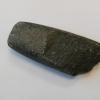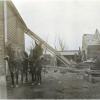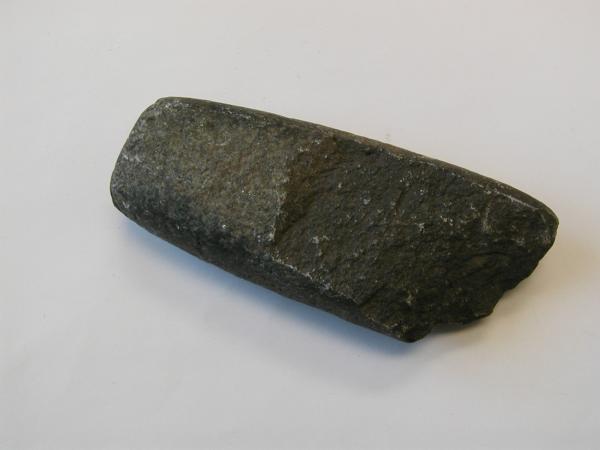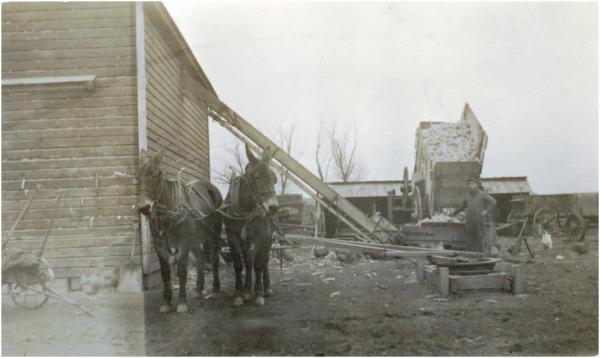Change of Agriculture in Iowa
| Grade | 4th Grade | Class | Length of Lesson | 45 Min |
| Lesson Title | Change of Agriculture in Iowa |
| Unit Title | Agriculture in Iowa |
| Unit Compelling Question | What role does agriculture play for the people of Iowa? |
| Historical Context: Overall- "Agriculture is another word for farming. It includes both growing and harvesting crops and raising animals, or livestock. Agriculture provides the food and many raw materials that humans need to survive." (https://kids.britannica.com/kids/article/agriculture/352715) 1700s Photo- 2018.039.004This axe head was used by a Native American society known as the Mill Creek culture. The Mill Creek culture was part of a larger group of horticultural villages that started to appear around 1000 A.D. near the Missouri River in northwest Iowa and central South Dakota. The Mill Creek people relied upon both farming and hunting as food sources. 1850 Photo- The first plows were very rough wooden tools. They were made to break up the ground so seeds could be planted. They did not turn a furrow or groove, but simply loosened the soil. People most often used oxen to pull the plow, a very difficult task. In fact, it took two yoke of oxen and three people to plow one acre a day. 1900s Photo- 2018.017.010This photograph shows a Chickasaw County farmer loading corn into his corn crib. A corn crib is a bin that is used for drying and storing corn after harvest. Now Photo-Most of the field work on farms today is done with machinery. Seeds are planted with machines pulled by tractors. Crops are harvested with combines. And crops are transported to market by semi-truck or grain wagon pulled by a tractor, and not by horse and wagon! |
|
| Lesson Supporting Question | |
| Lesson Overview | In this lesson the students will focus on what agriculture is and how it has changed overtime. They will begin with reviewing the definition of agriculture and trying to list as many things they can think of that they use on a daily basis that are a product of agriculture. They will look at images of agriculture and farms from different times in Iowa ranging from the 1700s to now. Then they will read an article about different stages of the farming in Iowa and how it has changed overtime; they will take some guided notes while having a discussion about the article. They will predict where their images would go on a timeline of Iowa, see the final answer, and then reflect on what they were right and wrong about. Lastly they will write down the most important thing they learned about how the agriculture in Iowa has changed overtime. |
| Primary Sources Used |
|
| Resources Needed | |
| Standard | |
| Lesson Target | I can analyze an image and identify difficulties and opportunities for Iowans in the past in order to predict when it is from. |
| Lesson Themes | |
|
| Formative Assessment (How will you use the formative assessments to monitor and inform instruction?) |
- As the students are working in their groups, that allows time for the teacher to move around and listen in to see if the students are on track and able to notice different things in the images. |
| Summative Assessment (How does the lesson connect to planned summative assessment(s)?) |
- The summative assessment for this whole unit is to create a brochure with 6 sections that is targeted for people that are not from Iowa by explaining the role of agriculture in Iowa to them. |
| Author | Leah Edel | Created | Last Edited | ||||
| Reviewer: Dr. Chad Timm, Simpson College | |||||||
| Lesson Plan Development Notes: Social Studies Methods, Simpson College, Spring 2020 | |||||||




